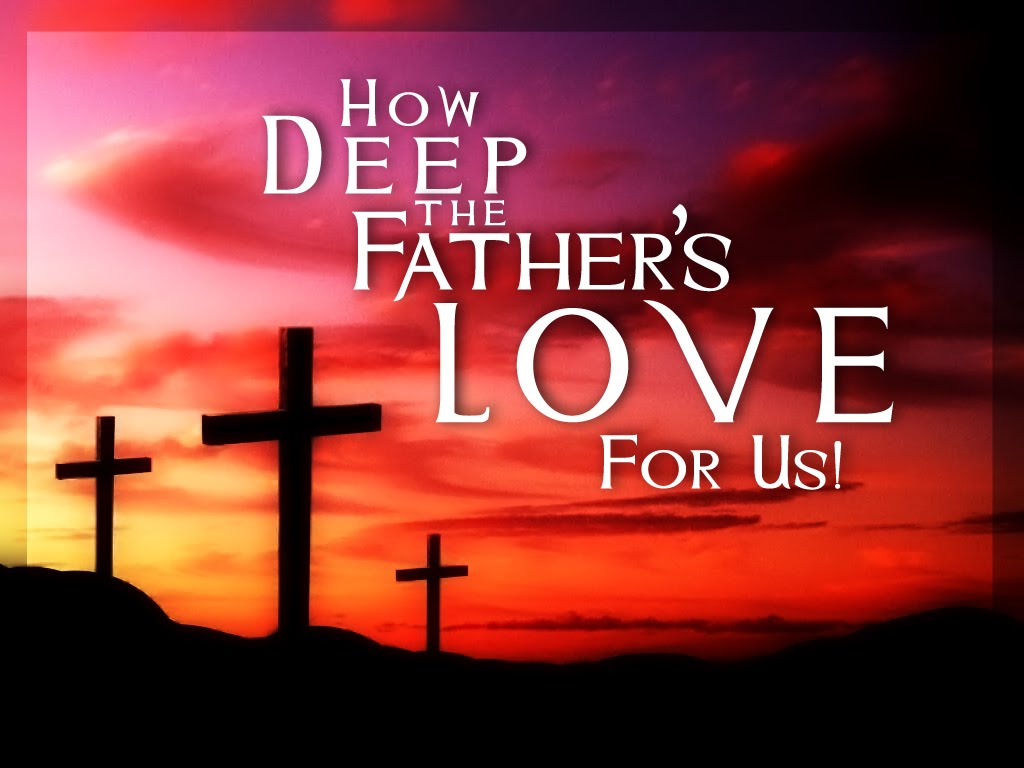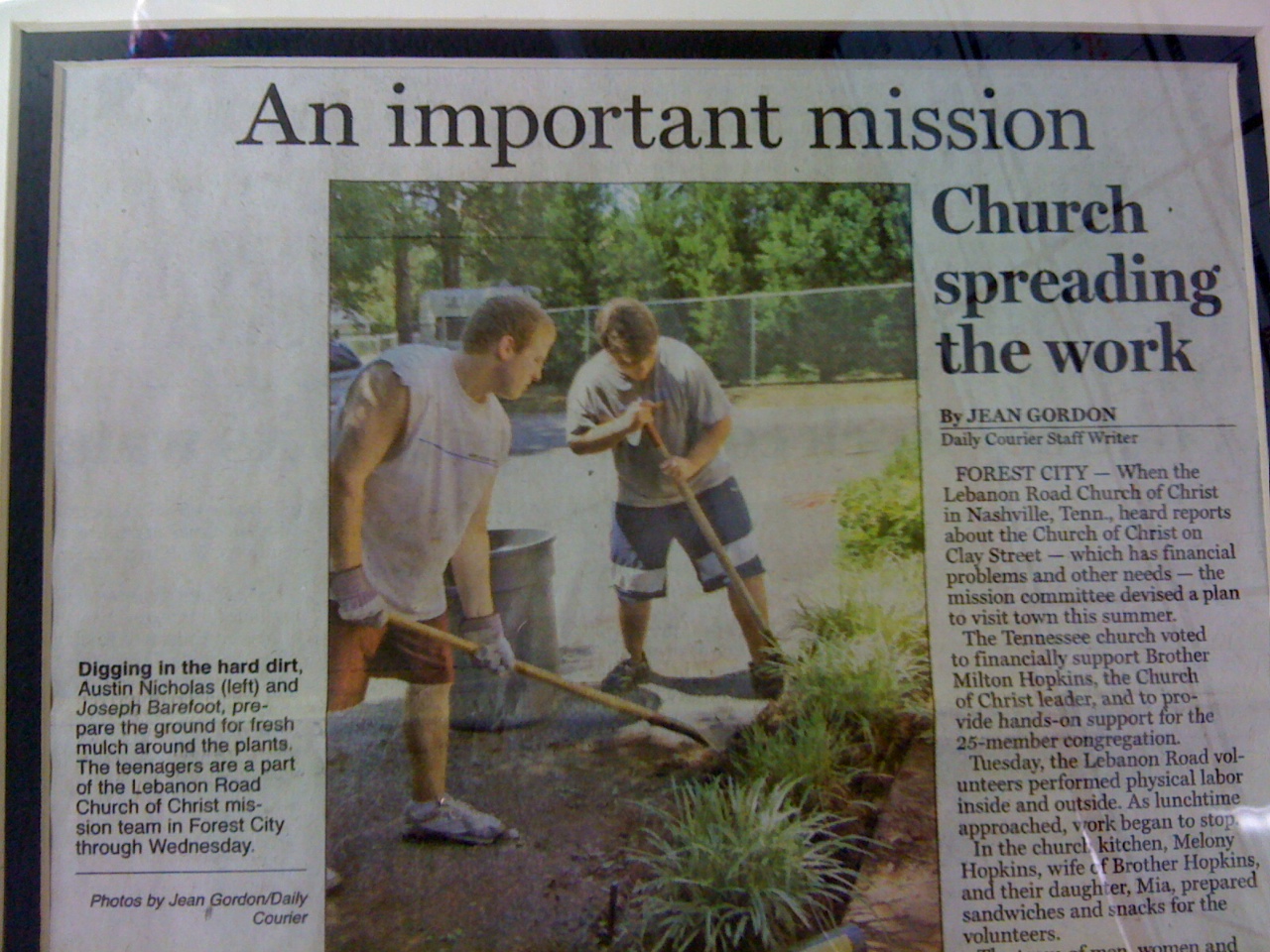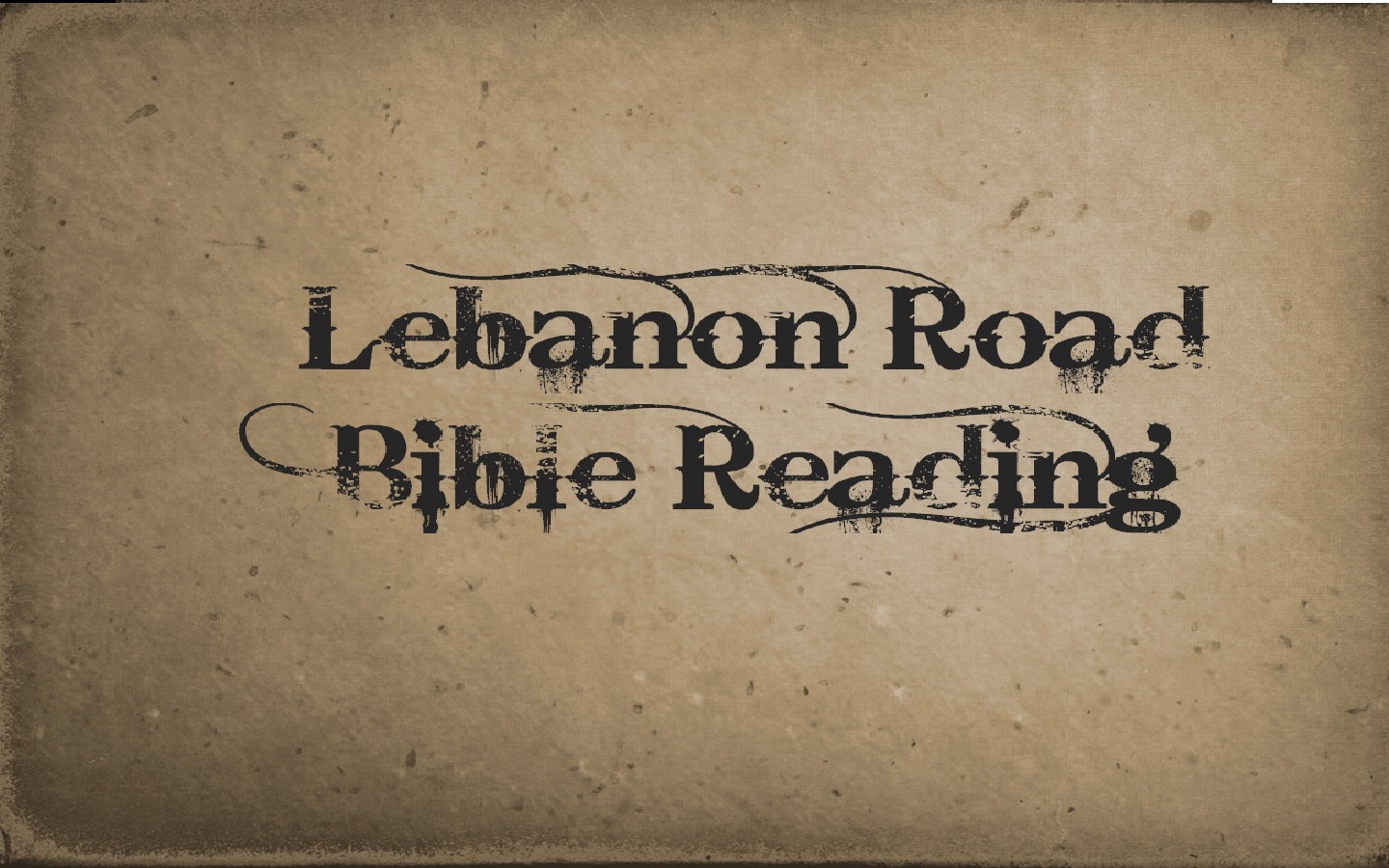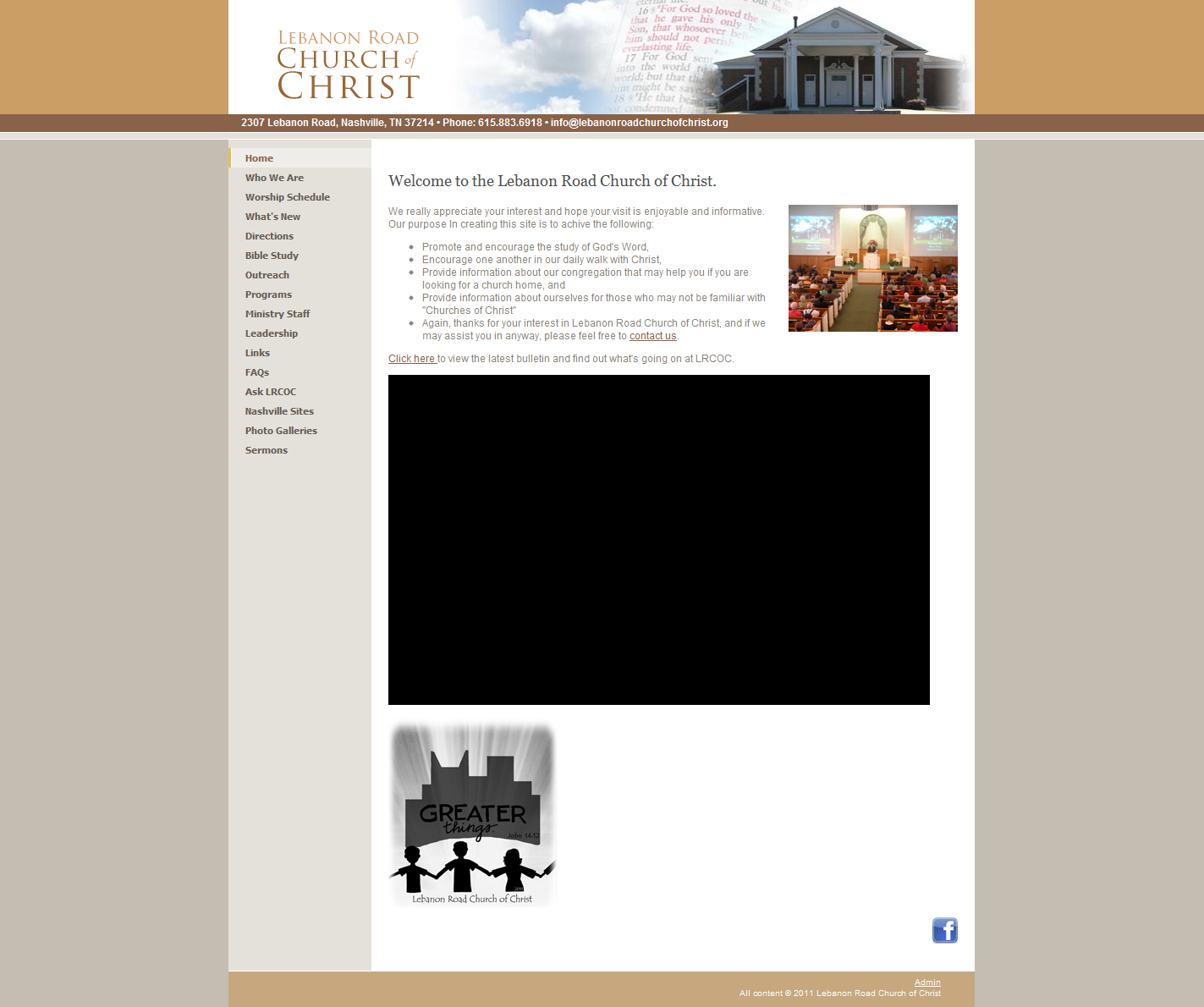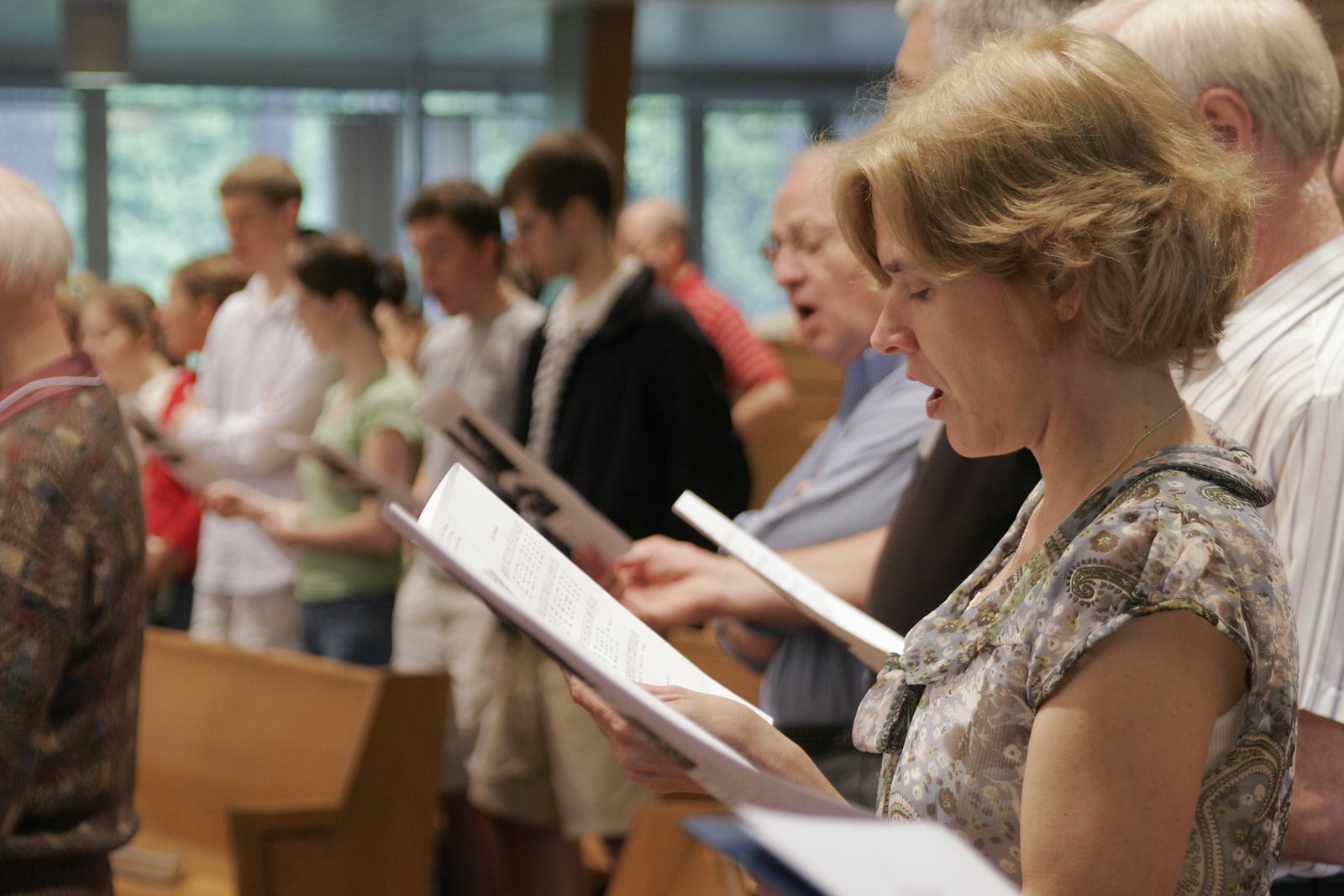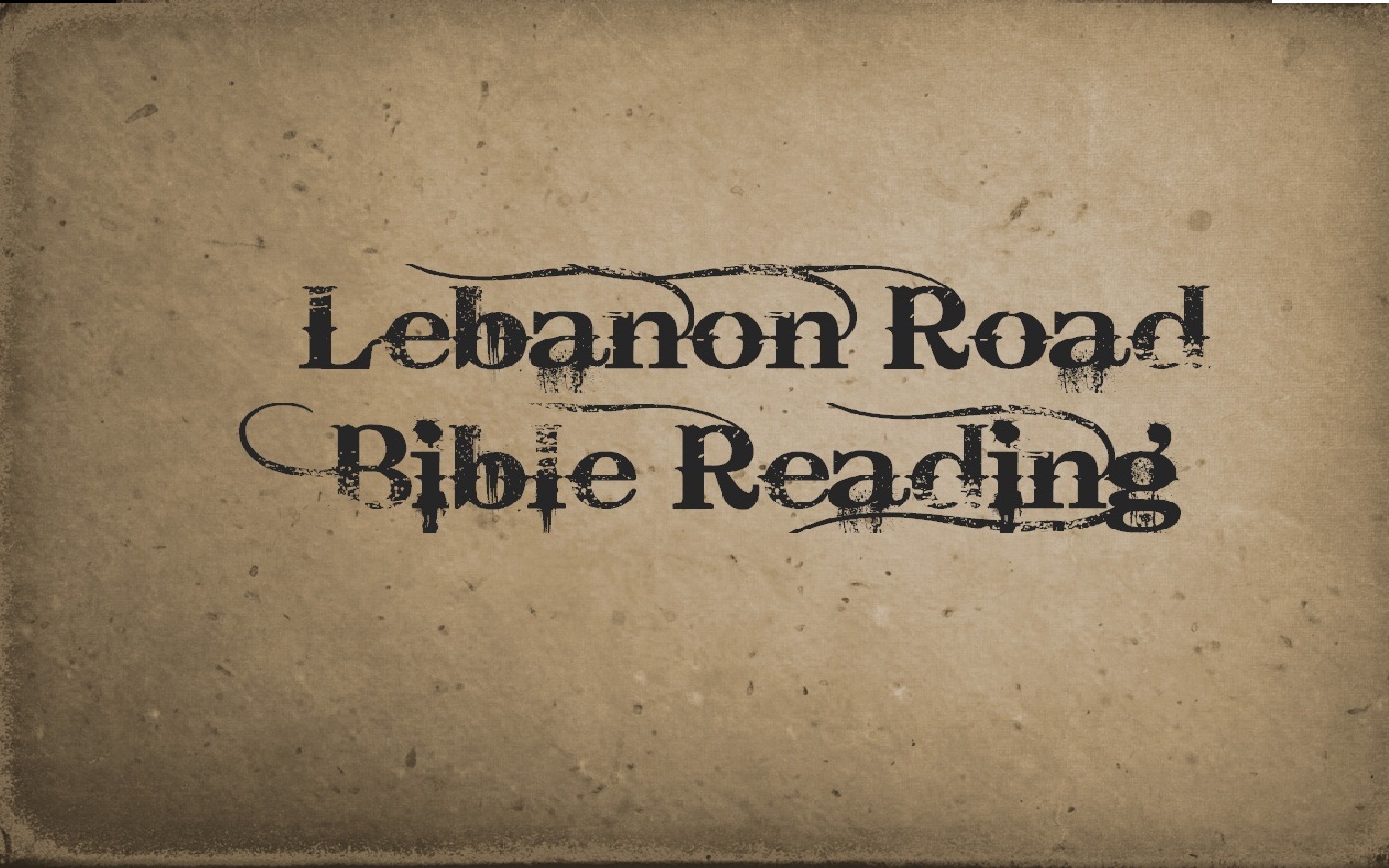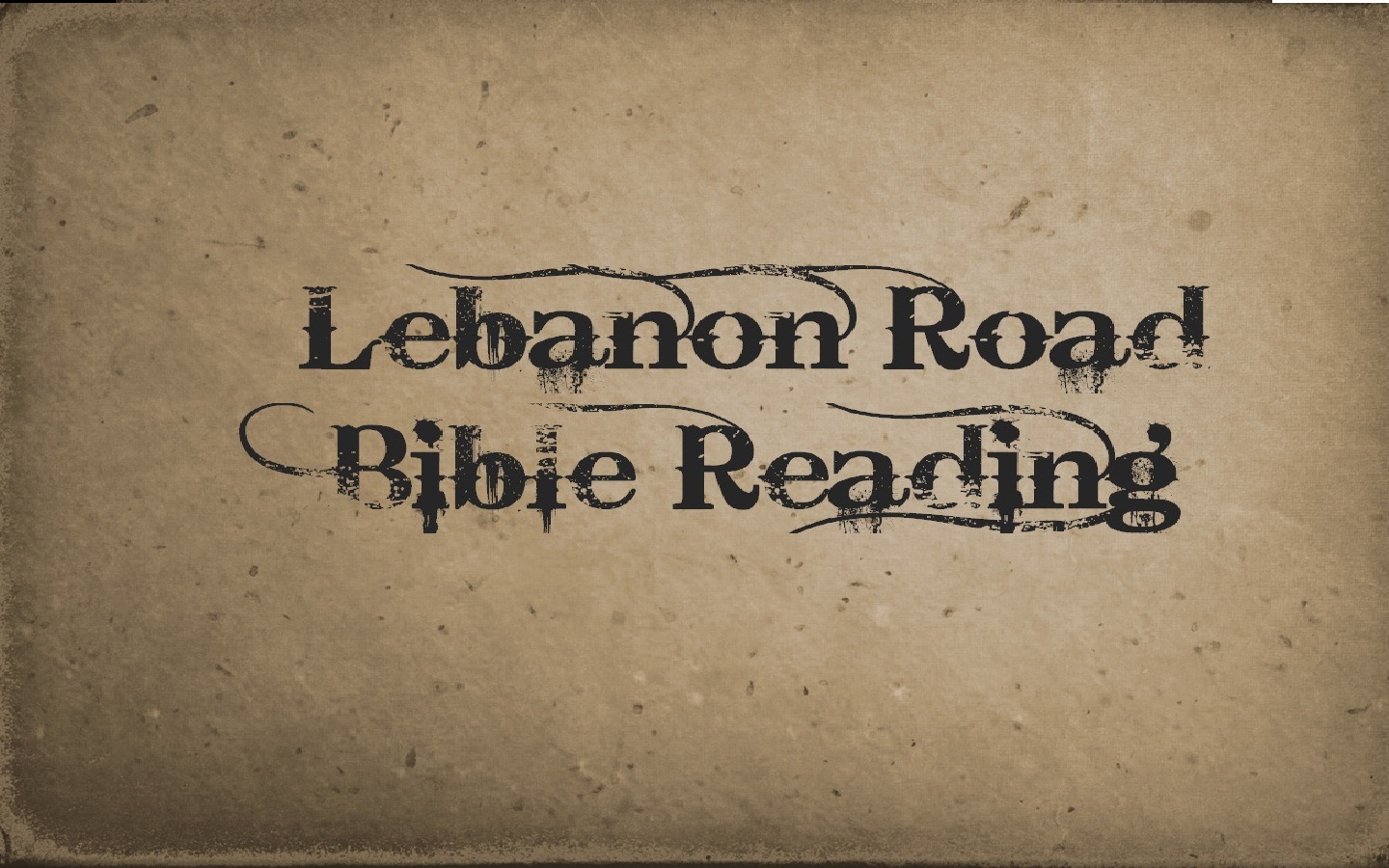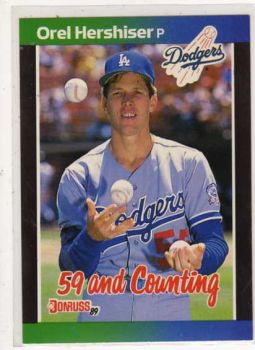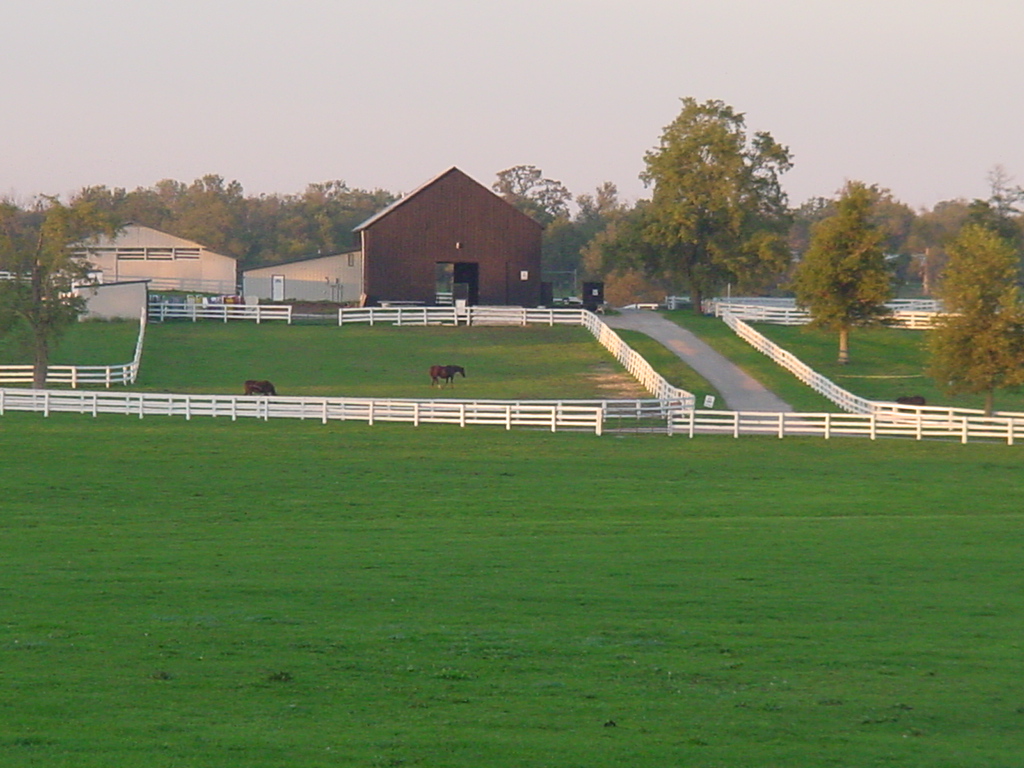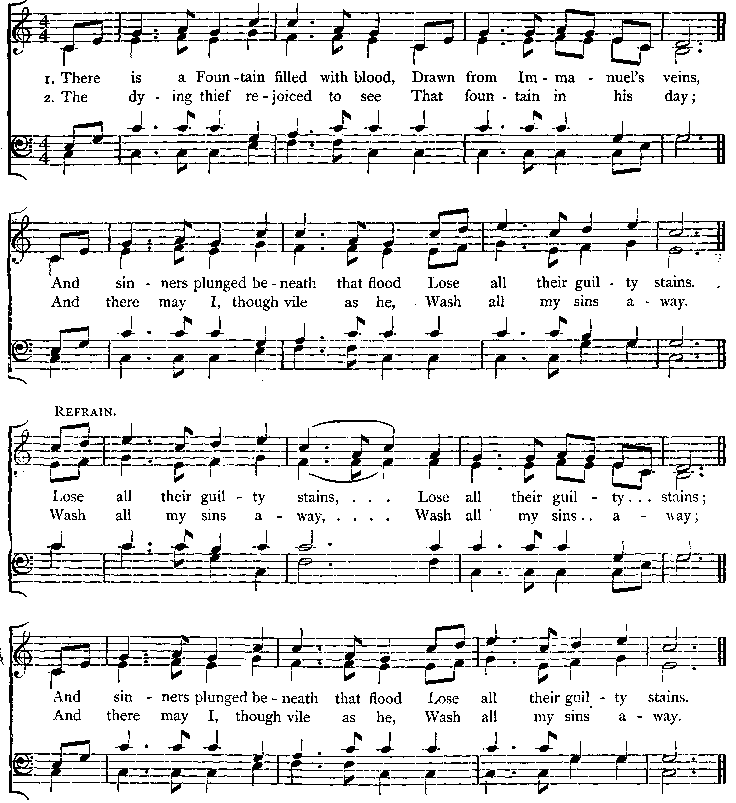-
The Greatest Voices Project: #20-#16
[To read an introduction to The Great Voices Project, click here.] [To read previous portions, of the list, click the following links: #50-#46 … #45-#41 … #40-#36 … #35-#31 … #30-#26 … #25-#21.] ———————————- #20: Sam Cooke He may not know much about history, but Sam Cooke absolutely knew how to sing. Considered one of the greatest soul voices of them all, Cooke was able to sing many types of music. Cooke was one of the greatest hit-makers of all time, charting 29 songs in the top 40 in just seven years. Tragically, he was shot to death at the age of just 33. While he started as a gospel…
-
The Greatest Voices Project: #35-31
[To read an introduction to The Greatest Voices Project, click here.] [For previous parts to this list, click on these links: #50-46, #45-41, #40-36.] ——————————— #35: Art Garfunkel Paul Simon and Art Garfunkel belong together on most musical lists, but, when it comes to vocal quality, Art Garfunkel is in another classification. What sets Garfunkel apart from most pop and folk singers is his control. While Garfunkel had a significant vocal range, he was able to sing under total control no matter what notes the tune called for. Art Garfunkel is a poet, a singer, and an actor, but for those of us who love singers, it is his voice…
-
The Greatest Voices Project: #40-36
[For an introduction to The Greatest Voices Project, click here.] [For numbers 50 through 46, click here. For numbers 45-41, click here.] —————————— #40: Larry Gatlin A singer most well known for country songs, Larry Gatlin’s beautiful voice could have been popular in nearly any genre of music he chose. For most music fans, Larry Gatlin is best known as the lead singer of the Gatlin Brothers, but his voice set him apart, as he also sang a few solo numbers, and was quite often a singer with the Gaither Homecoming Friends. Gatlin’s range is not extreme, but his control over his voice is amazing. He could sing honky-tonk style,…
-
The Greatest Voices Project: #45-41
[For an introduction to The Greatest Voices Project, click here.] [To view numbers 5o through 46, click here.] ————————————- #45: Paul McCartney Every member of The Beatles helped to make that band the greatest of all time, but McCartney’s voice, both in the band and for many years after, made him stand out from the Fab Four. McCartney does not have an opera-style voice, but his voice holds the listeners attention through each word of any tune he sings. Filled with simplicity, Sir Paul’s voice is unique and quite beautiful. Having a simple-sounding voice has also helped him, as he is able to sing nearly any song and make it…
-
The Greatest Voices Project: #50-46
[Click here for an introduction to The Greatest Voices Project.] ———————————————— #50: Joan Sutherland We begin our list with one of the clearest female opera voices ever recorded. Joan Sutherland was complimented for nearly every possible type of vocal usage needed to sing opera, and Luciano Pavarotti stated that Sutherland had “the voice of the century.” Sutherland, a native Australian, performed and was acclaimed worldwide during her career. Amazingly, her on-stage performances covered some 38 years of her life. Of course, Sutherland died just last month (October 10, 2010), silencing a unique talent. While it’s hard to select just one song from any of these artists, we will feature a…
-
Thursday Hymn Reflection: “America the Beautiful”
[Each Thursday, we reflect on a hymn. If you would like us to write about your favorite songs, leave a comment with up to three of your favorites and we will add them to our list.] ————————————- Today is Veteran’s Day, so I thought it would be appropriate to consider a hymn that reminds us of our heritage as a nation grounded in the principles of God’s Word. It was hard to select just one of these patriotic songs, though, as nearly all of them have a message grounded in a faith in God and the Bible. The words “purple mountain majesty” are the key to the history of “America…
-
Thursday Hymn Reflection: “His Eye is On the Sparrow”
[Each Thursday, we reflect on a hymn suggested by our readers. To add your favorites to our list, leave a comment with up to 3 favorites. It is hard to believe, but this is the 40th post in this series! Keep your suggestions coming to favorites, old or new.] ———————————- Written in 1905, “His Eye is On the Sparrow” is based upon two statements from the lips of our Lord. In Matthew 6:26, Jesus stated, “Look at the birds of the air: they neither sow nor reap nor gather into barns, and yet your heavenly Father feeds them. Are you not of more value than they?” Then, in Matthew 10:29-31,…
-
Thursday Hymn Reflection: “Where Could I Go?”
[NOTE: Each Thursday, we reflect on a hymn. Most are suggested by our readers. If you would like us to reflect on your favorite songs of worship, leave a comment with up to three suggestions. By the way, we have only 10 suggestions left “in queue” from our readers, so we need more of your favorites!] ———————————- One of the most widely-recorded hymns of the last 100 years, “Where Could I Go?” is a favorite to many. Written just 70 years ago by James Coats, the song is one that has a very simple melody line, but has stood the test of time due to its statement of complete trust…
-
Thursday Hymn Reflection: “Sing and Be Happy”
[NOTE: Each Thursday, we reflect on a hymn suggested by our readers. If you would like us to write about your favorite songs, leave a comment with no more than 3 suggestions and we will add them to our list.] ————————————- Written and composed in 1940, Emory S. Peck’s song “Sing and Be Happy” is a favorite for many people. With a simple, upbeat tune and an even more upbeat message, this song is one of the more encouraging hymns that we often sing. I’ve often said that this song’s message makes it sound like a Broadway show tune. But it is far more than that. The song is not…
-
Thursday Hymn Reflection: “There Is a Fountain”
[NOTE: Each Thursday, we “reflect” on a hymn suggested by our readers. If you would like to add your favorites to our list, leave a comment with up to 3 suggestions.] ————————— Originally entitled “Praise for the Fountain Opened,” this great old hymn was written after a time of battle with depression by the famous English poet William Cowper (pronounced like “cup-er”). Cowper suffered from very unstable emotions, and was a manic depressive. “There is a Fountain” was written in 1772, following his first major bout with depression, and that rise in stability and excitement finds its way into the beautiful lyrics of the song, especially in the words of…


